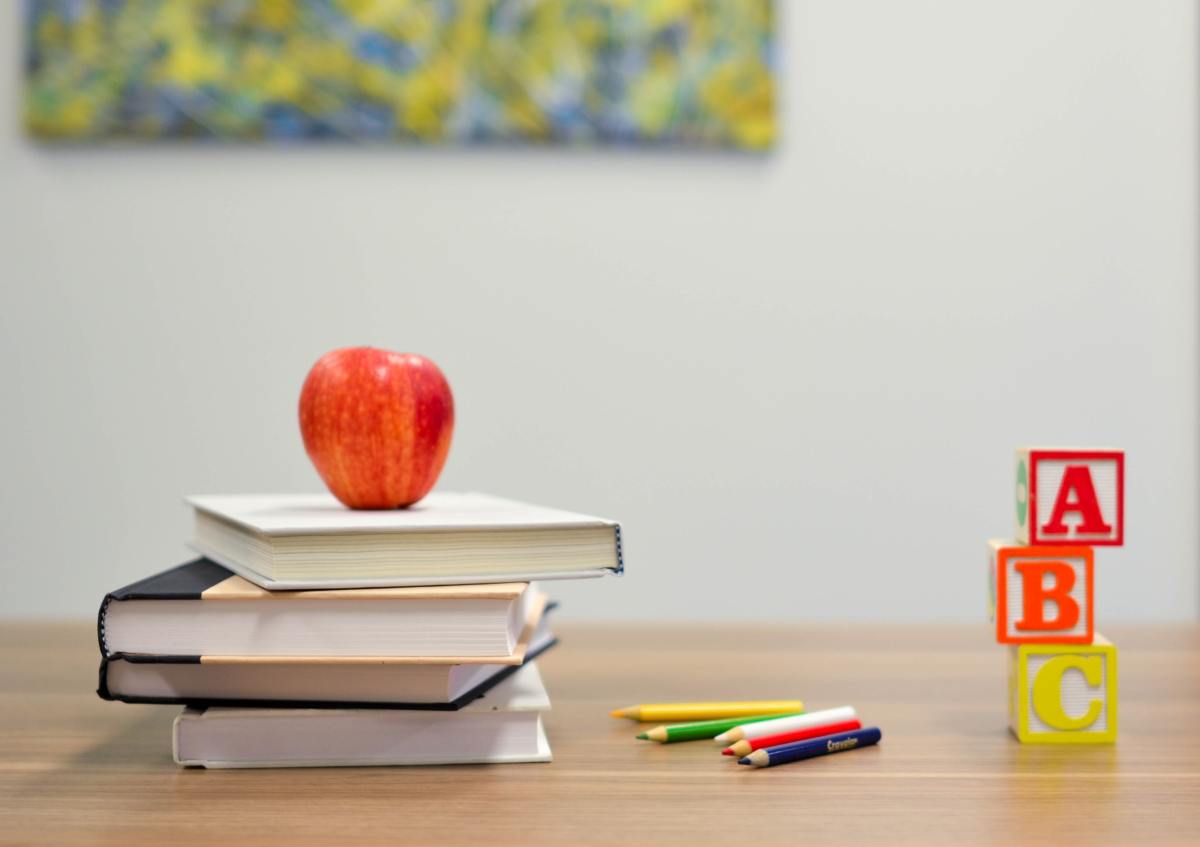The long-awaited results from the Scottish Qualifications Authority are finally in and they seem to have revealed a bias in how students are graded. The SQA had refused to disclose how they would decide pupils’ final grades, at least until the results were published. This despite the fact that the Equality and Human Rights Commission expressed concerns that the proposed grading system may have been illegal.
On Tuesday of this week, as young people around Scotland received their results, the SQA finally revealed their methodology; it appears they decided that the professional opinion of the teachers that work with the pupils was not enough, electing to include taking the historical performance of the schools in which pupils attended. In essence, the grade pupils achieved was altered based on how other people had done in the years before them. If the school had no historical data, they simply went with the teacher’s recommendation.
What this means is that pupils from deprived areas saw their grades lowered at a much higher rate than pupils from wealthy areas. The estimate for the number of poor students that had their final estimate reduced from their teachers estimate was around 15.2%. In contrast, the wealthiest pupils saw only around 6.9% of their grades reduced from teacher estimates. In general, the poorest kids across Scotland had their marks downgraded from a pass to a fail at twice the rate of the richest kids.
This has resulted in many pupils that have worked hard- many of them harder than their wealthier counterparts- having that hard work thrown away by a system that cannot be described as anything but classist.
One pupil from Coatbridge tweeted –
“I’m really trying to understand how the SQA think it’s okay to mark me from a predicted A to an F in psychology because I come from a deprived school with low results despite having four A’s at Higher already. If that doesn’t show I’m a capable student then what does?”
As a result of the backlash the SQA has received, one of their Chief Executives, Fiona Robertson, will give evidence to the Education and Skills Committee on Wednesday. The deputy convener of the committee had this to say –
“Today’s events place teachers in a horrendous position… The failure of the SQA to publish their methodology in advance is solely [to] blame for that.”
The only thing the First Minister has had to say on the subject when confronted about it was that an unprecedented rise in their pass rate would not have been ‘credible’.
In isolation this is bad enough, but when you look at the wider context of the education system in Scotland it becomes clear that this is just one event in a history of discrimination against students from deprived backgrounds; in a report in 2018, Professor Sir Peter Scott, the Scottish Government’s Commissioner for Fair Access found that students from the poorest areas are typically 5% less likely to complete degrees than those from elsewhere. Poorer students are defined as being from the 20% of areas at the bottom of the Scottish Index of Multiple Deprivations (SIMD). Professor Scott is quoted as saying –
“Part of the reason for ‘underperformance’ by SIMD20 students may be that our current definitions of academic ‘performance’ are deeply interwoven with largely unacknowledged assumptions about behaviour linked to class and culture… it is commonplace to talk about ‘institutional racism’ that is so deeply entrenched it may go unrecognised, the same is true of class.”
Any pupils that are unhappy with their results have an opportunity to appeal the decision for free once (although this process in itself can take up to 9 months). We can only hope that positive steps are taken to rectify this national embarrassment. A good step forward might be for Nicola Sturgeon to take Professor Scott’s advice and set out a route map for closing the attainment gap by 2030. He argues that merely improving access to universities is not enough- more must be done to support marginalised students who face barriers to entry not based on aptitude or ability, but on financial and social factors. This latest debacle shows how far we have to go to to address inequality and prejudice within education.
Photo by Element5 Digital on Unsplash

